Satellite Development Division
The Satellite Development Division is responsible for developing Kanazawa University’s unique satellites, their onboard instruments, and scientific observation devices. The faculty members of Kanazawa University have much experience of participating in many JAXA scientific satellite projects from the development stage. They possess extensive knowledge in the development, operation, and functional and environmental testing of satellite equipment. Utilizing this expertise, the division develops unique satellites and more advanced observation instruments, while focusing on student involvement in these developments. The goal is to foster skilled individuals with expertise and experience in space equipment development and large-scale projects, which will be valuable for future space exploration.
The main current activity of the Satellite Development Division is the development of the Kanazawa University satellite “KOYOH.” In addition, faculty members are engaged in the development of the attitude control system for the 3U CubeSat BEAK and the development of attitude control technology for stratospheric balloon gondolas.
Development of KOYOH
For details about “KOYOH,” please refer to this link
Development of Attitude Control System for CubeSat
BEAK is an ultra-small satellite aimed at demonstrating orbit change technology using membrane deployment and water thrust jets. It is a 3U CubeSat being developed jointly with the University of Tokyo, JAX, and others. Here, 1U refers to the size of a CubeSat, with 1U = 10 cm x 10 cm x 10 cm, roughly the size of a loaf of bread, and 3U is three times that size. Faculty members of this center are developing and installing the attitude control system for BEAK. The attitude control system being used includes reaction wheels, which adjust the satellite’s orientation by changing the speed of the wheel’s rotation. Additionally, an attitude control system using Earth’s magnetic field is being developed. This system uses electromagnets that produce a force aligned with the Earth’s magnetic field when current flows, thus controlling the satellite’s orientation. BEAK is scheduled to be released from the International Space Station.
For a more detailed explanation, please refer to the Space Dynamics Laboratory’s website.
Development of Attitude Control Technology for Stratospheric Balloon Gondolas
Balloon experiments offer various advantages compared to artificial satellites, such as lower cost, shorter development periods, and more frequent flight opportunities. Balloon experiments are also used for proving satellite equipment in an environment similar to space.
In this context, faculty members affiliated with our center are developing attitude control technology for stratospheric balloon gondolas. Attitude control technology is a fundamental and crucial technology for the success of balloon missions. We are developing a control moment gyro (CMG) for the pointing control of the planetary observation balloon telescope FUJIN2 and advancing the development of the control system. FUJIN2 requires an observation pointing accuracy of 0.1 arcseconds, and the gondola needs to maintain attitude stability on the order of 1 arc minute to keep the target celestial body, Venus, within the effective range of the compensatory optical system inside the telescope. Meanwhile, the gondola flight system will weigh up to 1.6 tons. The CMG, which combines high torque and rapid response, is suitable for FUJIN2 as an actuator system but complicates the control. We are diligently working on building these actuator networks and developing motor control programs.
For a more detailed explanation, please refer to the Space Dynamics Laboratory’s website.

Advanced Research and Development for Future Satellites
We are conducting and planning both basic and applied development from various perspectives for the realization of next-generation astronomy, space physics, solar-terrestrial sciences, and space exploration satellite missions. Information will be updated regularly.




